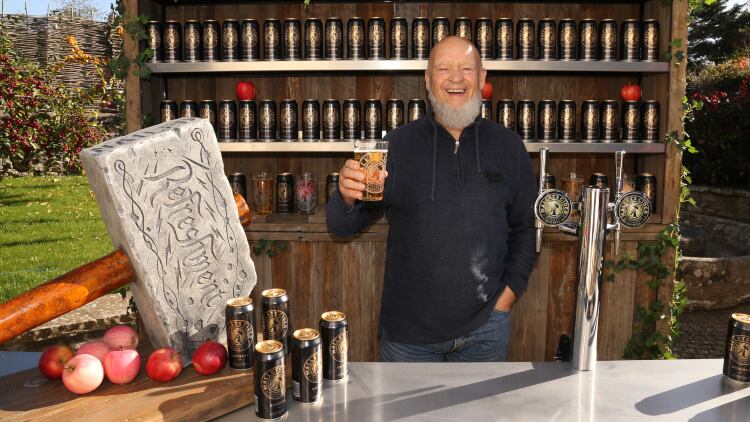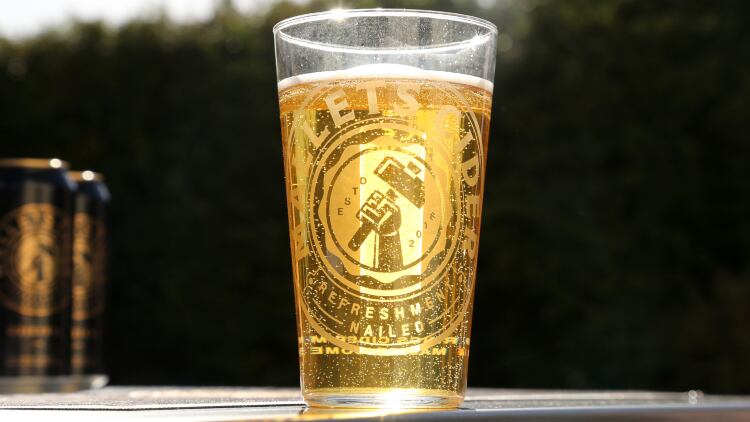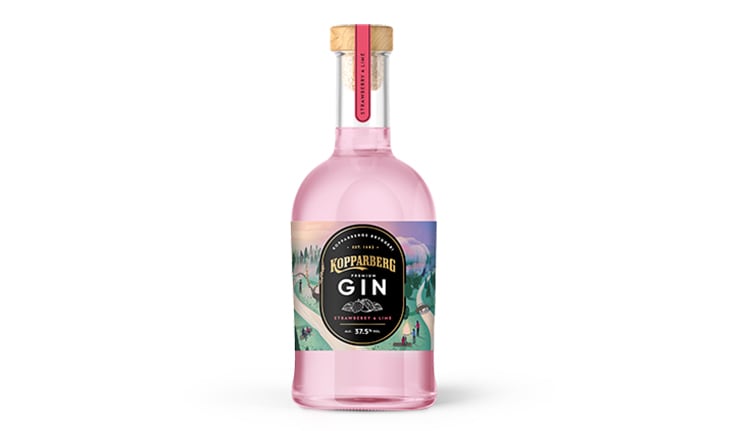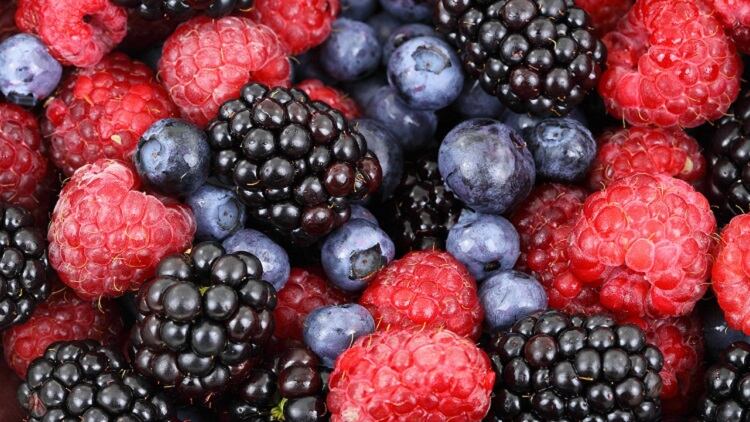As reported by The Morning Advertiser in December 2018, Somerset cider company Mallets announced a four-year partnership with Glastonbury Festival, which will attract around 175,000 revellers this summer.
Research published by CGA Insight revealed that the 7.4m people who have visited one of the top UK festivals over the past three years spend around £32 a day on alcohol – totalling more than £100m per year.
In addition, more than a third (37%) of festival goers claim they’re likely to purchase their festival tipple when they return home.
Emmy Webster, senior marketing manager at Brothers Drinks – the company behind Mallets Cider – highlights there will be more than 100 points of sale for Mallets at Glastonbury, all of which will provide the cider maker’s Original or Dark Fruit products in compostable or biodegradable cups after the festival organisers’ decision to ban single-use plastic bottles.
“There are 110 bars that we'll be at across draught and can,” Webster explains. “The festival is a massive supporter of Mallets – it has a certain ethos that they want to stick to, which is part of their heritage and we're mindful that we're not going to encroach on that.”
Drink for all seasons
With this in mind, Brothers Drinks commercial director Marc Charles explains that year-round festival partnerships play an important role in the growth of Mallets and Brothers’ cider brands.
"We don't have any event as large as Glastonbury lined up. It’s the biggest and best one that you could possibly hope for and we’ve got a very good relationship with Glastonbury,” he explains. “We've got that one in the bag and we're really going to leverage that over the next four years.
“What's not that well known is just how prevalent the Brothers cider brand is with festivals. We’re currently at about 90 festivals a year, which is fairly evenly split across summer festivals and winter festivals."

On trade growth
In combination with growing its presence at festivals, Charles outlines that the UK on-trade is “strategically important” for Mallets – which will work with national accounts as well as independent free trade customers in the coming months.
Data from CGA last year in May 2018, found drinkers of fruit cider in the on-trade were predominantly female (67%), while for apple, the split between the genders was close (49% female and 51% male).
Overall, 47% of all cider drinkers were female and 53% male.
This is something Webster sees reflected in Mallets’ sales. "Mallets is an interesting one. The core consumers are Millennials, but when you look at mainstream drinkers it's a really split demographic all the way from 18 right up to 55,” she explains.
“For Mallets, we're looking to get people from the younger demographic and then keep them on board so they can grow their loyalty with us. It appeals to everybody.
“The gender split is pretty even with Dark Fruit leaning slightly towards women and Original slightly towards men."
Influence of other categories
In March, The Morning Advertiser reported that Brothers had released Parma Violet and Strawberries & Cream cider variants having previously launched a rhubarb and custard flavour.
Discussing the thought behind new, off-piste, cider flavours, Charles explained: “We looked at the Brothers brand again and decided what we stood for, what role we played within the category. We've got a long history of developing fruit-flavoured cider. Technically, Brothers was the first fruit-flavoured cider – back in 1995 we were selling berry at Glastonbury and were adding syrups to it.
“Two years ago we went back to basics and asked ‘what are we standing for now?’ It’s all about unusual, curious flavours that differ from the category. That’s what led to rhubarb and custard, which has been a very big success for us in the past few years.
“Part of the reason for that was the gin category given rhubarb gin has done well. We continued by thinking ‘what does the consumer really want within flavoured cider?’ and continued to look at gin – sweet violet and parma violet is a very fast growing, large category within gin, so we took reference from that.
“However, there are opportunities in lots of areas in the cider category, particularly in the original premium apple cider and, of course, fruit cider continues to grow.”




